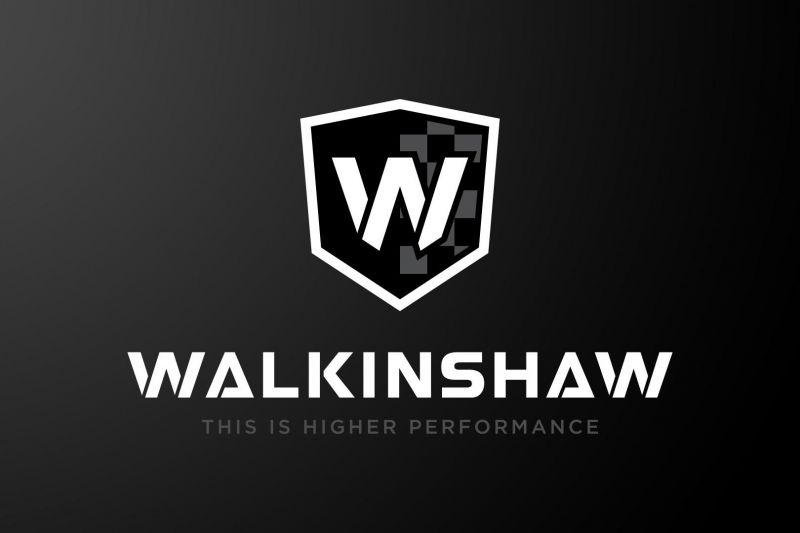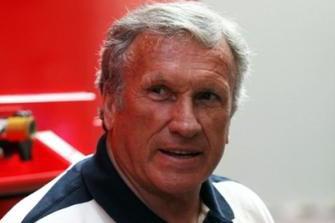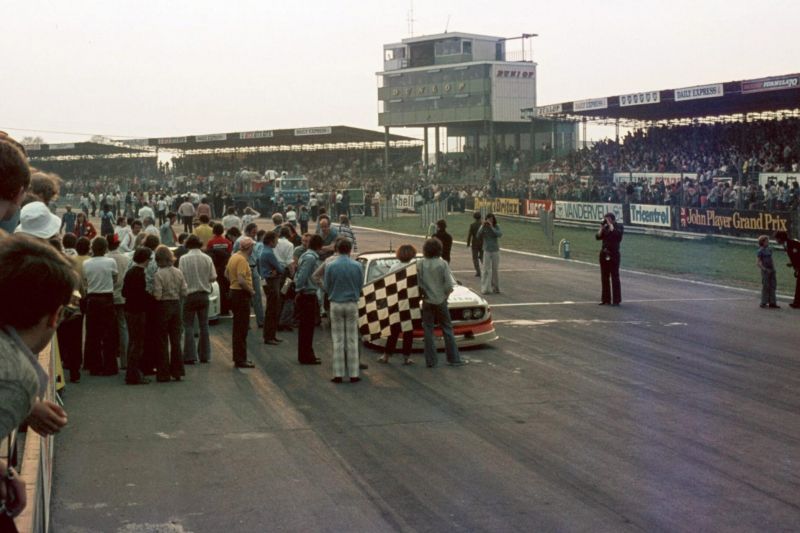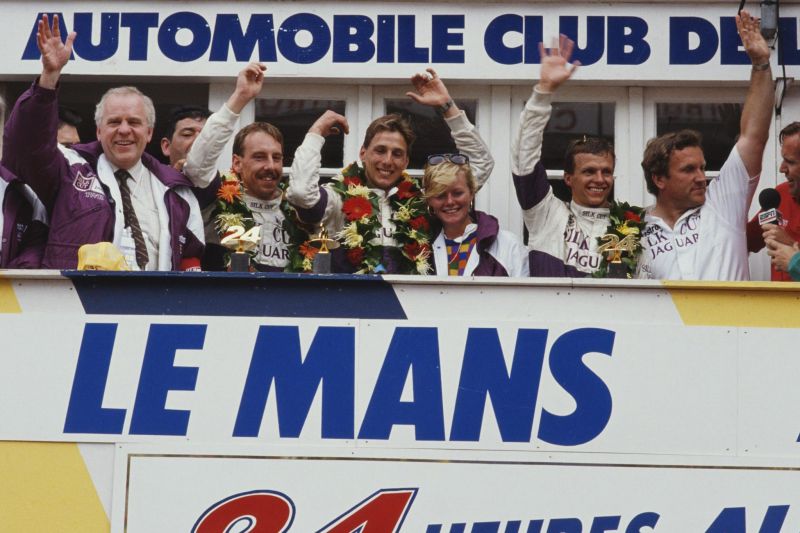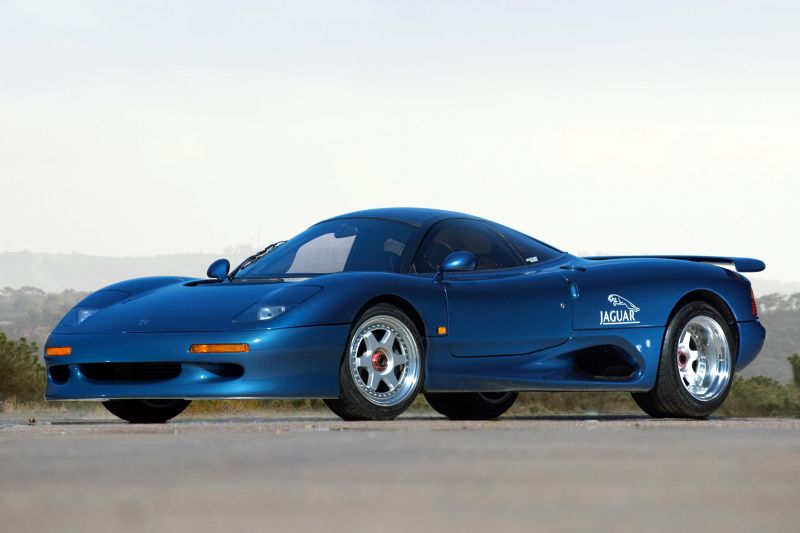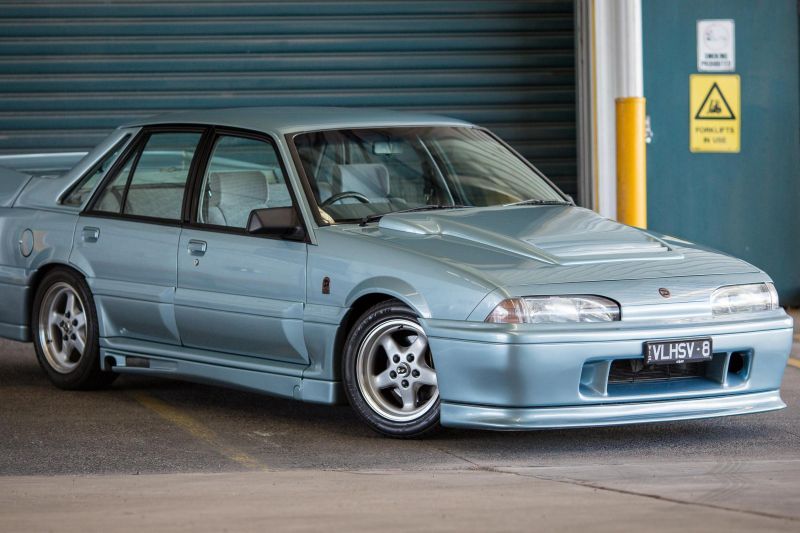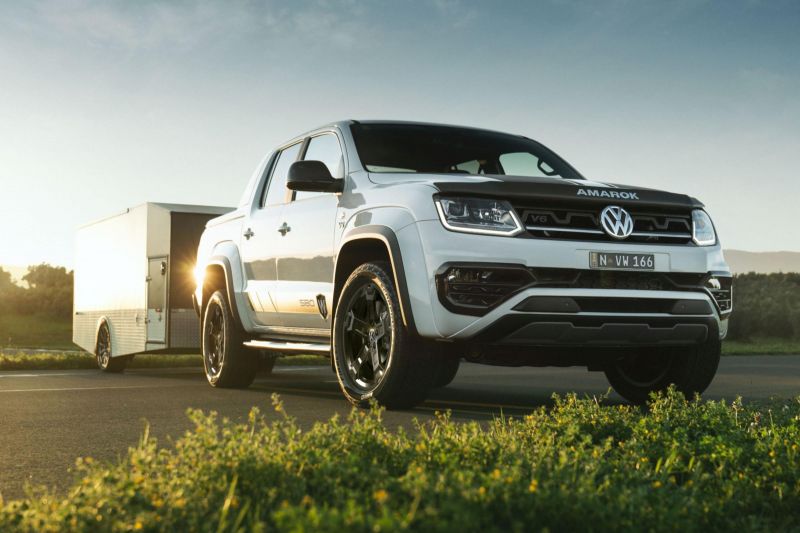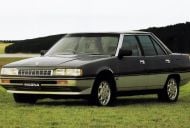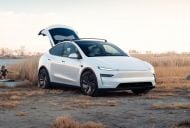Walkinshaw is a firm focusing on the local conversion of left-hand drive vehicles, as well as aftermarket high-performance products for various OEMs.
Through HSV, the company previously produced various high-performance Holden models that were officially approved and sold in dealerships alongside their regular counterparts.
It has also been heavily involved in a variety of motorsports, including the artist formerly known as V8 Supercars.
Early history
The Walkinshaw brand, name, and businesses are all intimately associated with Scottish motor racing entrepreneur Tom Walkinshaw.
Mr Walkinshaw begun his career racing in various entry-level competitions such as Formula Ford in the late 1960s, winning his home Scottish championship in 1969 but finding limited success thereafter.
However, a switch to BMW in 1976 would bear greater success for two reasons.
First was a victory in a BMW 3.0 CSL coupe in the six-hour race at Silverstone, and secondly was his realisation that in addition to driving, he was also adept at modifying cars.
Mr Walkinshaw capitalised on this in the same year by founding Tom Walkinshaw Racing (TWR) in 1976 near Oxford.
Entry-level motorsport at the time was more accessible for private participants, so TWR commenced as a business that would prepare and convert ordinary cars to a level suitable for racing.
Initially the focus was on the same BMW 3.0 CSL models Tom himself had found great success in, but the newly-formed company soon expanded to use Mazda cars as well.
Mazda sponsored TWR to act as its official racing team in modifying and preparing RX-7s for the British Touring Car Championship, recording overall championship victories in 1980 and 1981.
Mazda wasn’t an exclusive partner, however, and TWR also spent some time entering various Rover models in the British Saloon Car Championship.
TWR’s greatest success during the ’80s would come not with Mazda, but with Jaguar.
With greater ambitions to win the more prestigious European Touring Car Championship, Tom Walkinshaw developed a close relationship with then Jaguar chairman John Egan, and the OEM correspondingly gave TWR full factory backing to compete in the competition with modified V12 XJS coupes.
Significant successes was found in 1987, with wins in eight out of 10 races handing TWR the overall championship. The following year a Jaguar XJR-9LM (unrelated to the luxury sedan) obtained outright victory in one of the most famed races in the world, Le Mans.
Racing success with Jaguar paid dividends on the road as well. A road-oriented performance car joint venture between TWR and Jaguar, known as JaguarSport, was also formed in 1988.
Initially focusing on higher-performance variants of Jaguar products, JaguarSport is responsible for putting into production perhaps two of the most remarkable cars to ever wear the Jaguar brand, namely the Jaguar XJR-15 and the XJ220.
The former was a road-legal version of the Le Mans winning car, with initial prototypes apparently homologated without Jaguar’s knowledge. The latter, powered by a twin-turbo V6 engine and costing almost half a million pounds in 1992, proved to be the world’s fastest car at the time, recording a maximum speed of 341.7 km/h.
The Australian connection began in 1988 in a similar vein to the JaguarSport venture, except with Holden.
Known as HSV (Holden Special Vehicles), TWR was initially contracted through this entity to be Holden’s factory backed motorsport operation, participating in the Australian Touring Car Championship.
Participation in this competition was the direct reason for the existence of HSV’s first road-going car, known as the Holden VL Commodore SS Group A SV.
Produced to comply with Group A Tour Car homologation regulations (which necessitated at least 500 road going versions of the racing car), it featured a modified 5.0L V8 engine.
Being the first Holden V8 to feature electronic fuel injection, it produced 180kW of power and 380Nm of torque, enabling it to accelerate from 0-100 km/h in an impressive 6.9 seconds, with the standing quarter mile completed in under 15 seconds.
Its distinctive body kit earned it names as far afield as ‘Plastic Pig’ and ‘The Walkinshaw.’
The Group A SV completed production towards the end of 1988, and this car turned out to be a launchpad for a long-standing partnership with Holden, often producing cars with unbelievable performance for the price.
At this point in time, Walkinshaw’s road car business and HSV were effectively interchangeable.
Overseas, another ambitious expansion attempt by TWR to own and manage a Formula 1 team ultimately proved to be an expensive failure, causing TWR’s collapse in 2002.
Walkinshaw as HSV
HSV clearly forms a substantial part of Walkinshaw’s history, and Derek Fung’s deep dive on the most notable HSV models, available here, is an excellent resource.
Paul Maric has also recently reviewed one of the most special HSV’s made under the auspices of Walkinshaw, the HSV Maloo GTSR W1 Ute.
His impressions are available here.
Life after Holden
From a motorsport perspective, Walkinshaw continues to be involved in Supercars. Known as Walkinshaw Andretti United, the team serves as the spiritual successor to the Holden Racing Team and has a total of six Drivers’ Championships since 1990, coming in seventh position overall in the 2020 competition.
From a road-going perspective, Walkinshaw is heavily involved in the American Special Vehicles operation, which together with distributor Ateco Automotive is responsible for converting and selling Ram Trucks locally.
The firm has further expanded the range of OEMs it works with to Volkswagen, with the launch of the W580 Amarok.
Shipped to Australia in a partially completed form, this vehicle then receives a bespoke exhaust, suspension tune and wheel and tyre package before being sold to customers.
Aftermarket performance kits continue to be available for Commodore customers.



